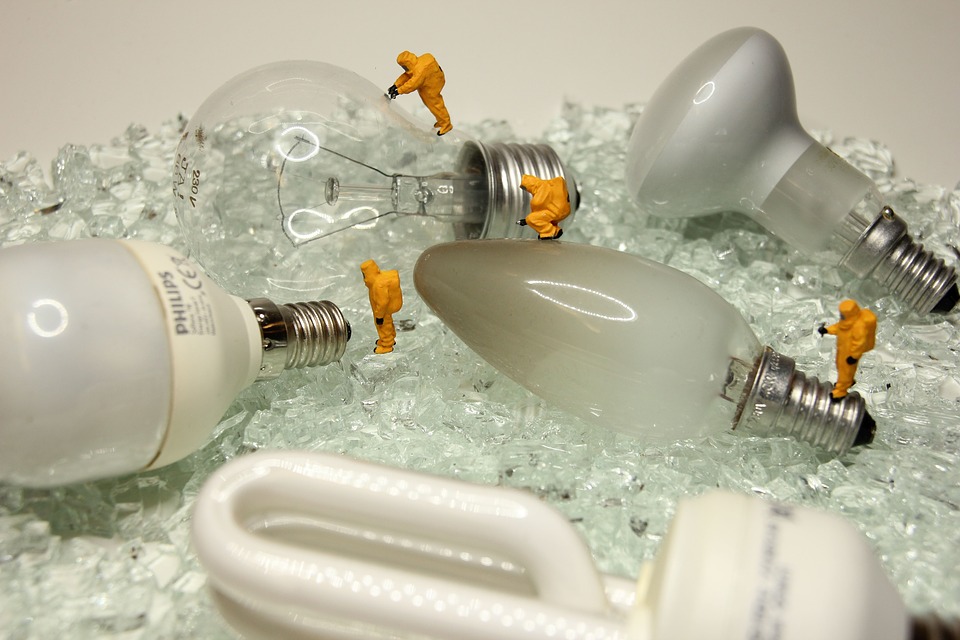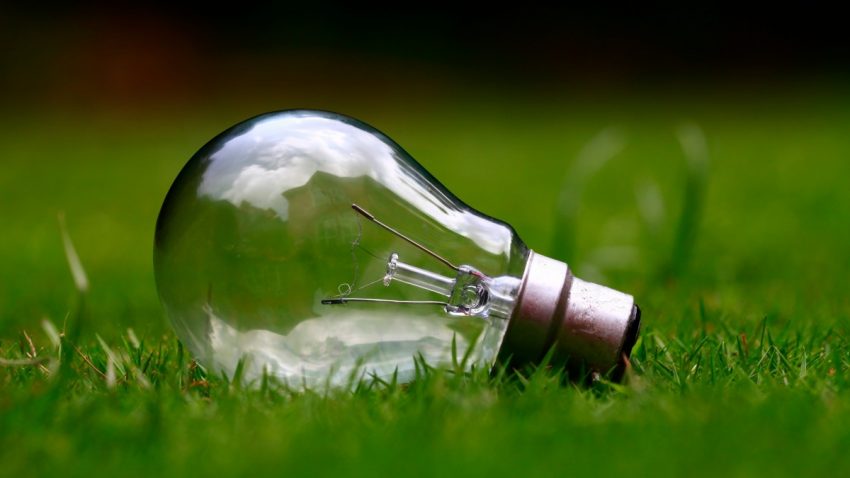Light bulbs brighten our homes, but what happens when they reach the end of their lifespan? Recycling light bulbs is a simple yet impactful way to contribute to environmental sustainability. In this guide, we’ll explore the various types of light bulbs and the steps you can take to ensure their proper disposal, minimizing environmental impact.
Understanding Light Bulb Types: A Primer on Varieties
Incandescent Bulbs: Traditional Yet Disappearing
Incandescent bulbs, once the household standard, are gradually being phased out due to their inefficiency. If you still have these bulbs, it’s crucial to handle their disposal with care.
Compact Fluorescent Lamps (CFLs): Energy-Efficient Yet Containing Mercury
- Efficiency and Mercury Concerns:
CFLs are energy-efficient alternatives to incandescent bulbs, but they contain a small amount of mercury. Proper disposal is essential to prevent environmental contamination.
- Recycling Opportunities:
Many retailers and recycling centers accept CFLs for recycling. Check with local stores or recycling programs to find a convenient drop-off location.
LED Bulbs: The Future of Illumination
Longevity and Low Environmental Impact:
LED bulbs are the future of lighting. With exceptional longevity and energy efficiency, they contribute to a reduced environmental footprint.
Recyclability of LED Bulbs: Advancements in Disposal Options
- Check with Manufacturers:
LED bulbs are not always accepted in regular recycling bins, but manufacturers may offer take-back programs. Check with the bulb manufacturer to explore recycling options.
- Retailer Programs:
Some retailers now accept LED bulbs for recycling. Inquire about these programs when purchasing new bulbs or check the retailer’s website for details.
Recycling Steps: How to Responsibly Dispose of Light Bulbs
General Guidelines for Safe Disposal:
Before diving into recycling specifics, it’s essential to understand general guidelines for safe disposal. Always turn off and let the bulb cool before handling.
Incandescent Bulbs: Handle with Care
- Wrap in Paper or Plastic:
For incandescent bulbs, wrap them in paper or plastic before disposal to contain any broken glass.
- Regular Trash Bin:
You can dispose of incandescent bulbs in your regular trash bin since they don’t contain hazardous materials.
CFLs: Special Handling Due to Mercury Content
- Seal in Plastic Bags:
Place used CFLs in plastic bags to prevent mercury release in case of breakage.
- Recycling Drop-Off:
Take used CFLs to a designated recycling drop-off point to ensure proper handling of the mercury content.
LED Bulbs: Explore Recycling Options

- Manufacturer or Retailer Take-Back:
Check if the LED bulb manufacturer or retailer offers a take-back program. Some may provide convenient ways to recycle used LED bulbs.
- Local Recycling Centers:
Promoting Sustainability Beyond Bulb Disposal: Green Lighting Choices
Eco-Friendly Lighting Alternatives:
While recycling is crucial, making sustainable lighting choices from the start can further reduce environmental impact.
LED Bulbs as a Preferred Choice:
- Longer Lifespan:
Opting for LED bulbs from the outset ensures longer lifespans, reducing the frequency of replacements and associated waste.
- Energy Efficiency:
LED bulbs are energy-efficient, contributing to lower electricity consumption and a smaller carbon footprint.
A Brighter, Greener Future Through Responsible Bulb Recycling
In conclusion, playing your part in bulb recycling efforts is a simple yet impactful way to contribute to a greener future. Understanding the types of bulbs and following proper disposal procedures ensures that even the smallest actions can make a significant difference. From the traditional incandescent to the energy-efficient LED, each bulb type has its recycling nuances, and awareness of these details empowers individuals to be environmentally responsible. Let’s collectively take these sustainable steps to illuminate not just our homes but also a brighter, greener world.

